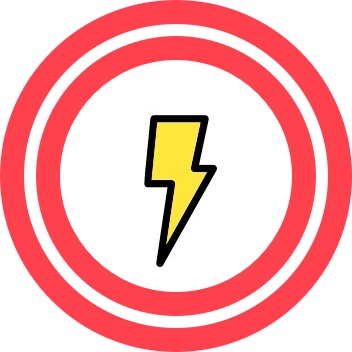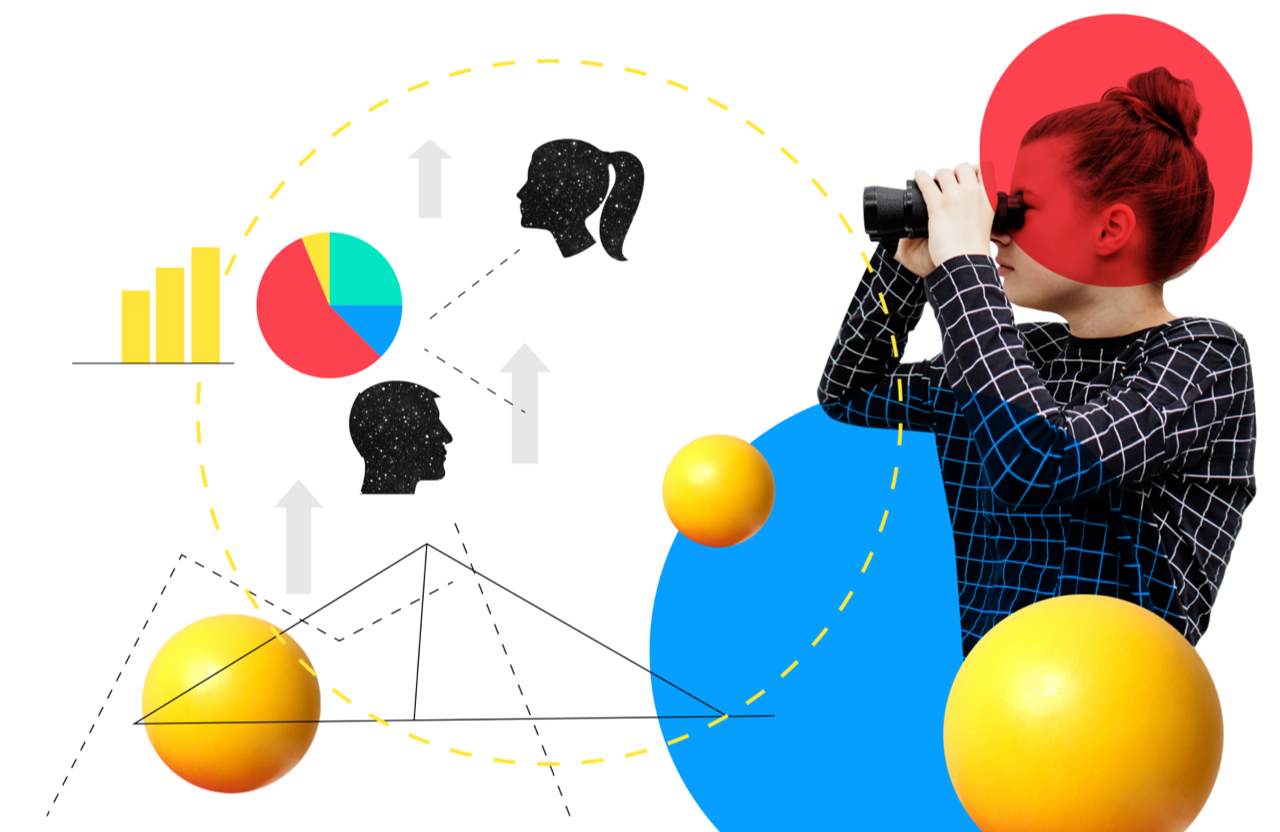What issue can we solve for you?
Type in your prompt above or try one of these suggestions
Suggested Prompt



Telecommunications, Media & Technology
The recipe for magical customer experiences that drive loyalty
The recipe for magical customer experiences that drive loyalty
Leading U.S. telcos have been struggling to keep customers and build long-term loyalty. The common belief is that enticing new customers through offers such as 5G or free phone upgrades is much easier than reducing churn among current customers. While it pays to expand the customer base, the real money solidifies it. The cost of acquiring customers is about five times the monthly average revenue per existing customer. 1
To retain existing customers and enhance loyalty, telcos should create moments that matter and interactions that are engaging, customized, accessible, and delightful so that customers want to be attached to the brand and advocate for it to friends and family across channels. It’s not just about moving to a functional brand that gets the job done, but to a magical brand that delivers such engaging experiences that customers see the brand as an extension of themselves.
Magical brands upsell products and services 2.5x more than others. Their average revenue per account is also much higher than functional brands. 2 What does it take to design magical experiences that ultimately shape magical brands? Publicis Sapient has created a recipe for success.
1 Publicis Sapient Customer Engagement Research 2014-2021
2 Ibid.
The makings of magical experiences
Any good recipe requires an artful yet scientific combination of ingredients to create something that never existed before. Publicis Sapient has identified four fundamental ingredients that are needed for customer-centric, magical experiences that reduce customer churn and build loyalty among existing customers.
These experiences are LEAD: light, ethical, accessible, and dataful. When telcos combine these ingredients, they yield the experiences that customers seek from brands they admire.

LIGHT
Light experiences are immediate. They are defined by their speed, timeliness, and responsiveness to what their audiences want. For instance, what is the experience like for a telco customer opening their monthly bill? Does the page load quickly with all relevant information featured? Is it simple to understand? Is there a quick and accessible way to contact someone to answer questions or offer help?
Lightness can be measured by its velocity, meaning the speed by which the experience enables the person interacting with it to proceed along their journey. In contrast, “heavy” experiences are slow and can overwhelm, confuse, or frustrate the audience interacting with them by making them hard to do or understand. They are slow and clunky and test a user’s patience.
Some leading telcos have incredibly heavy configurations at checkout—processes that take up to eight steps and are bogged down by details and terminology that burden the customer to decipher. Completing tasks, such as comparing the costs and benefits of two plans, should be intuitive and straightforward. In a recent audit, Publicis Sapient performed, one major U.S. telco required users to go through more than 35 steps across 16 screens to upgrade from one plan to the next in its tiered program. When information is difficult to understand, or processes hinder customers from making a confident choice, they may choose another provider. This could be easily remedied with user interfaces that provide clear choices, context by which to make decisions, and clarity about important information such as pricing.

ETHICAL
Ethical experiences are truthful, open, and transparent. They understand an audiences’ values. The ethical nature of interactions can be measured based on their alignment to principles, rules, codes of conduct, and the moral standards of the services provided as their audience perceive them. For example, does an app clarify how their sensitive personal information is used clearly to the customer? Does it justify why specific questions are asked? Is the privacy policy easy to understand, or is it bogged down with difficult to parse information that makes a user feel uneasy?
Unethical experiences are divisive and deceitful. They hide details and are disrespectful to either the person interacting with them or backstage cast members fulfilling the service. Consider the monthly bill example. If a telco decided to charge an additional fee for data limits, that change should be abundantly clear. To be ethical, that rate increase should be openly communicated to all customers via multiple channels—on the bill, on the internet, and via text message, and well ahead of the change.
Not all ethical lapses are intentional.
Complex promotions can be hard to communicate and, when they’re dynamic, can be exceptionally hard to test, leading to users having an unethical experience. A telco recently ran a promotion for a free smartphone. The text on the smartphone’s product page communicated a discount for the phone—“Save $599.99”—and an apparent discount of $21.66 per month, without any explanation of how all these prices and discounts worked together. And upon testing the checkout process, Publicis Sapient identified an inconsistency in an A/B test of the checkout.
In the A test, the discount price carried through the cross-sell of accessories and services. In the B test, it did not, likely because that use case was not properly tested. Users encountering that B test would have seen the full price on payment, resulting in abandonment or an angry call to the call center. A quality assurance error potentially starting or renewing a relationship with distrust. Embedding ethics into testing and quality assurance processes would help to identify such issues so that telcos can solve them before users have a poor experience.

ACCESSIBLE
Accessible experiences are frictionless. They are inclusive, embrace the diversity of users, and are consistent across all touchpoints. Accessibility can be measured based on how easy an experience is to enter and how it accelerates a customer’s progress. For instance, does the site offer key organizational features such as search, filter, and breadcrumbs that make it easier for users to locate desired content?
On the flip side, impenetrable experiences are constructed without care and attention, which prevents them from being universally available, compatible, usable, or otherwise easy to operate. Some accessibility issues could be remedied with user design improvements—touch targets on an app placed further apart, color coding to delineate topics, and wayfinding to guide a user along their experience.
One telco attempted to convey how easy it is to trade in a phone. However, what was positioned as an easy path to unlock value was a cumbersome, uncertain process with many steps and variables for the customer. While it provided a tool to understand the trade-in value of their old phone, customer complaints to the Better Business Bureau stated the trade-in value often changed at various points along the old phone’s journey to the provider. By the time it gets to the warehouse, it’s potentially worth less than it was on the website’s tool. Yet this information was not accessible from a user standpoint, thus creating frustration, especially because users cannot opt-out of those changes. Once the old device was handed over, there was no way to unwind the trade-in, regardless of changing value. Making the trade-in process easy to understand and navigate would eliminate moments of uncertainty and make the experience more accessible for all.

DATAFUL
Dataful experiences are intelligent. They personalize interactions and anticipate the customer’s situation and needs. Dataful experience is measured based on the information they provide to guide the audience and how they use data to adapt to humans and help them complete their desired tasks. Does the app provide complete data at key moments, making it easier for the user to take the next steps? Do personalization tools focus users’ attention on things that likely matter to them, allowing them to spend more time with important content rather than being distracted by extraneous detail?
Data-less experiences are passive. They do not learn, and they give generically one-size-fits-all experiences and make the audience work harder to complete tasks.
Some telcos are completely missing the opportunity to use data to show they understand each customer and thus build out welcoming and contextual experiences for them. For instance, the home page of one leading telco treats a new, anonymous customer the same way it would a loyal brand advocate that has a long-term relationship with the company. The user experience on this site reflects no awareness of the number of phone lines the customer has, the types of phones, or other relevant data that would make the experience easier to navigate and use. Doing nothing to recognize, reward, or contextualize the relationship with a loyal customer is data-less and damaging.
Becoming a LEADer
Publicis Sapient uses its LEAD framework to help clients assess and understand the experiences they are delivering to clients. Most importantly, it identifies opportunities to create superior experiences that grow customer loyalty.
The assessment starts with finding in-category and adjacent-category examples to establish a baseline for evaluation. Next comes evaluating the experiences. This process involves examining an experience and assessing its compliance with LEAD principles. After that comes scoring. This data-driven process uses a LEAD Scorecard to map how the experience performs across the 16 diagnostic criteria that comprise LEAD.
Finally, Publicis Sapient’s experience design strategists use those scores to make targeted recommendations that could elevate an individual experience or the entire experience ecosystem.
This proven process has helped clients across industries to transform customer experiences. Now is the time for telcos to do the same. Your customers are waiting.
Contact Us
To learn more about Publicis Sapient’s LEAD framework, or to rate and improve your organization’s customer experiences.
Related Reading
-
![]()
-
![Outlook 11 Industry Trends]()
How Telecommunications, Media and Technology are Changing
Trace your company’s path forward by considering what comes next in the Fourth Industrial Revolution.
-
![Image of mobile phone]()
Experience Design | Publicis Sapient
Building progressive new brands and helping reposition the world’s most prominent companies through experience design







